What is Seller Central?
To know the difference between Amazon Seller Central and Vendor Central, we should understand them both.
As we said before, every seller should have an interface to manage their own work on Amazon. Amazon Seller Central is the interface that allows sellers to analyze and scale their business (of course, in the professional account). This dashboard is used by merchants who aim to market and sell their products directly to customers within the platform.
In fact, seller central is a marketplace for third-party Amazon sellers, and They are responsible for maintaining the account.
Amazon Has individual and professional seller accounts. You can access analytics tools, marketing treatment, and other features for a monthly fee in the professional one. As a business owner, it’s essential to know the details of what’s going on inside the business. But how can one fulfill orders through Amazon Seller Central? You have two main options here:
- Fulfilled by Merchant (FBM): You can handle all the tasks (from providing to shipping) yourself or leave it to a third-party provider.
- Fulfilled by Amazon (FBA): You can leave all the processes to Amazon. This way, your customers will see “sold by BRAND X and Fulfilled by Amazon” when they buy your products.
Pros & Cons of Seller Central
As a User of Seller Central, you will be provided with many options. But it might not be for everyone. Here are some pros and cons of this interface you should know:
Pros:
Open to anyone: No matter the size of your business (or how much you sell), you can have an account in Amazon Seller Central. This account can be individual or professional. Most businesses choose the professional version so that they can analyze their sales.
Flexible logistics: All the logistics of sales, shipping, and returns are under your control. Also, you are responsible for answering customer messages personally and helping them with their returns. This gives your buyers a sense of personality, and they won’t feel like talking to a robot.
Suitable for Business analysis: As we said before, Amazon Seller Central provides analysis for its users. This means you can see your sales rate, return rates, comments, etc. This is especially essential for newbies.
Cons:
Complex sales process: In Amazon Seller Central, the seller is in charge of the whole sales and marketing process. Not everyone has the resources and knowledge to do this.
Hard to learn: For new users, using the platform to analyze data and lead sales and marketing might not be easy to understand. This might take valuable time. The time you can spend selling.
Fulfillment costs: You, as the seller, pay fulfillment and shipment costs in Amazon Seller Central. This might limit your ability to sell lower-priced items.
Read More: Amazon FBA or Dropshipping? Which One is Better for You?
What is Vendor Central?
Just like Seller Central, Vendor Central is a web interface. In this interface, “you” are the seller and the supplier. You are selling bulk to Amazon, which the platform sells to its customers. To register on Vendor Central, you should have an invitation. If you use this interface, your products will have the phrase “ships from and sold by Amazon.com” on their description page.
Direct suppliers and distributors often use Amazon Vendor Central. Newbies can start with Seller Central and then increase the demand for their products in time to persuade Amazon to buy from them in bulk.
Pros & Cons of Vendor Central
Although Vendor central brings you customers’ confidence and might even help you generate more sales, it has its issues.
Pros:
Consumer trust: When customers discover that their purchase is being sold and fulfilled by Amazon, they will automatically trust the process.
Marketing and content powered by Amazon: All of your marketing and content in Amazon Vendor Central will be provided by Amazon. This helps you a lot, especially if you don’t have marketing knowledge.
Easy use: As a seller in Amazon Vendor Central, your primary focus will be filling purchase orders, billing, and avoiding chargebacks. Amazon pretty much covers the rest.
Cons:
Strict logistical requirements: Even the slightest issue in stocking or filling orders might get you in trouble here. Amazon has rigorous logistical requirements and expects the users to follow all of them.
Price adjustment by Amazon: In Vendor Central, all prices are adjusted by Amazon, so you don’t have a say in your profit margin.
Not diverse in sales channels: Some businesses like to have multiple channels, but Amazon is the single buyer of many products on the platform. If one day Amazon doesn’t buy from you, your business may fail.
What Are the Key Differences Between Amazon Seller Central & Vendor Central?
Both these options will help you as a seller on the Amazon platform, but based on your business type and resources, you can only choose one. Here are the differences between Amazon Seller Central vs. Vendor Central:
- Joining options: As a seller (even a new one), you can join Amazon Seller Central without limitations. But joining Amazon Vendor Central is only possible through Amazon’s invitation. If Amazon becomes interested in your sales, you will receive an email inviting you to join Vendor Central.
- Sales type: This is one of the fundamental differences between the two Centrals. In Vendor Central, you sell to Amazon (and then Amazon sells to customers); in Seller Central, you sell directly to the customers.
- Pricing: In Sales Central, you control the product prices. But in Vendor Central, you don’t have a say since Amazon does the pricing. This means you might not see the profit margins you were hoping for. Since there are no minimum pricing policies, you may even lose money.
- Logistics: In Vendor Central, you should follow Amazon’s strict regulations and logistic requirements, or you could face charges. But in Seller Central, you have control over the logistics, or you can hand the job to FBA.
- Marketing: You can access enhanced brand content in Amazon Seller Central. But Amazon Vendor Central allows you to use keyword-targeted ad campaigns to increase traffic to Amazon product pages.
- Returns and communications: In Seller Central, you are in charge of messaging your customers and following up on their returns. But in Vendor Central, Amazon does all of it for you.
- Analytics and business data: Vendor Central won’t provide any analytics, but in Seller Central, you can view your business’s sales analytics and the return rate. This is especially good for new business owners with less online sales experience.
- Fees: In Seller Central, you only have to pay the traditional amount for a professional account. But Vendor Central charges you 39.99 dollars flat rate per month for total sales.
Read More: Amazon Individual vs Professional Seller Plans
Deciding between Seller Central vs Vendor Central
Now that you know the differences between Seller and Vendor Central in Amazon, you are probably asking yourself which one you should select. This depends entirely on what type of business you have and how you are planning to scale it. First, it’s important to know that new businesses with fewer products can benefit significantly from Amazon Sales Central. This interface provides you with data and analysis, which are just what newbies need to be able to scale their business and sell more.
As your business grows, so do your needs for marketing and branding. So, it might be time to switch to Amazon Vendor Central so that you can access its A + Marketing tools and content. Don’t forget that there is a 39.99 fee you have to pay. As you switch to Amazon Vendor Central, you must ensure you can follow all its logistics requirements entirely and accurately. After all, you don’t want to get charged! So, if you don’t have the time or recourses, it might be better to wait a while before joining Vendor Central.
The final goal for every business (including online ones) is to raise sales and make more money, so the choice between Seller Central and Vendor Central is yours. Take a long look at your business and your capabilities, and select the one that helps you the most.
FAQs
No! These are both interfaces for sellers on Amazon, but they have differences. You can join Seller Central simply by making an account, but you will need an invitation to join Vendor Central. Seller Central is for those who want to sell directly to customers on Amazon, but Vendor Central is for those who sell their products to Amazon.
Yes, you can have both accounts on Amazon. The Vendor program allows you to sell to Amazon, and Seller Central will allow you to sell to the customer directly on Amazon.
This depends on your business type and sales volume. But since you can control and adjust the prices in Seller Central, you might have a more significant profit margin.
Since seller central is a more accessible interface to set up, it’s more commonly used among Amazon sellers. Also, most newbies don’t have enough sales to get invited to Amazon Vendor Central.
Amazon Vendor Express allows sellers to market and exposes their products to millions of customers worldwide. Amazon buys products from vendors and handles everything from merchandise to customer service.




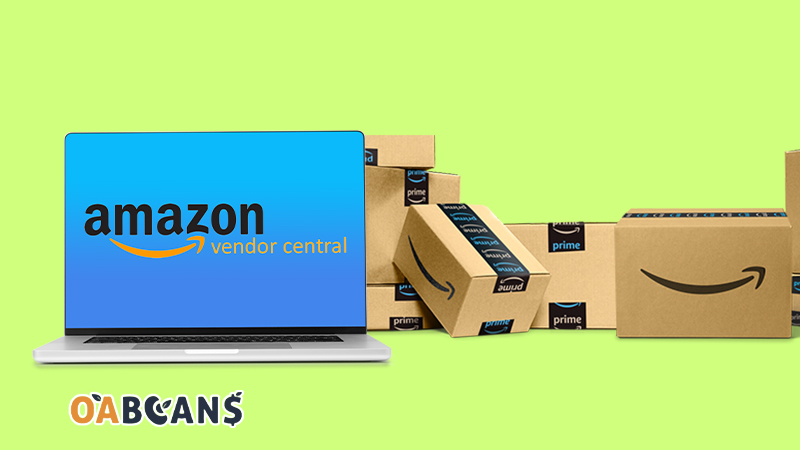
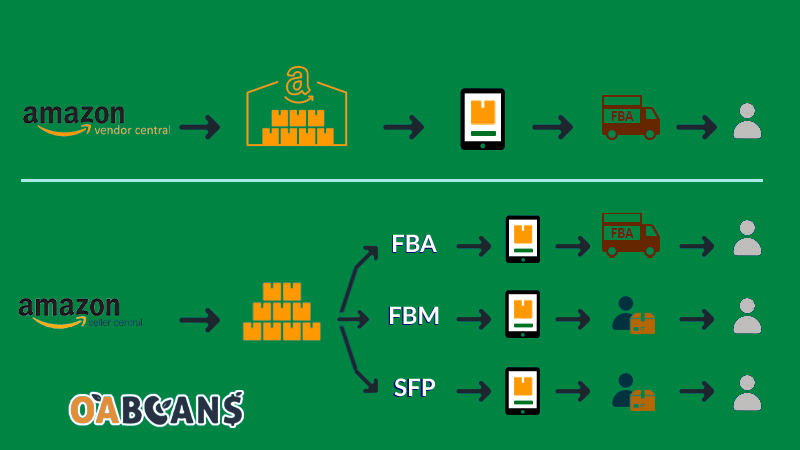
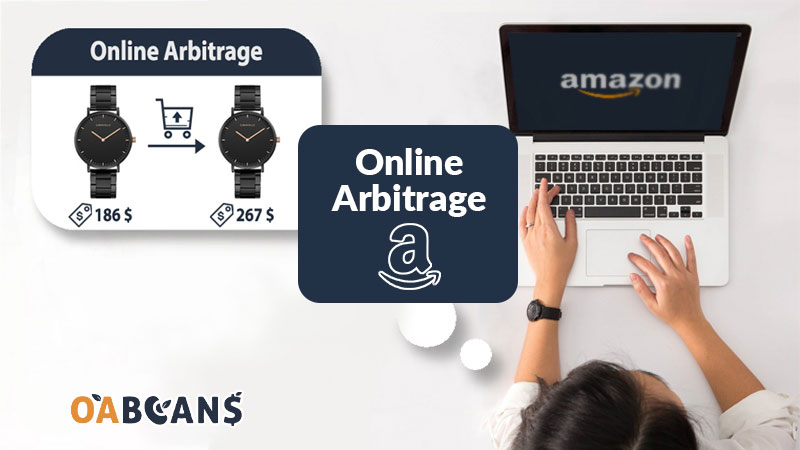
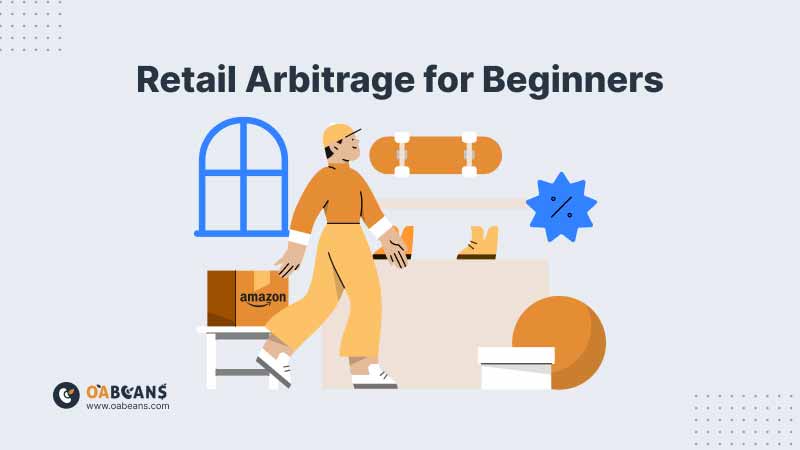
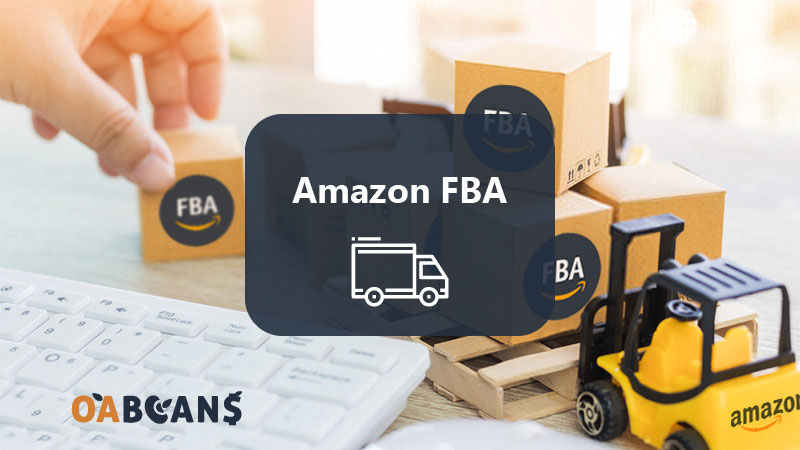




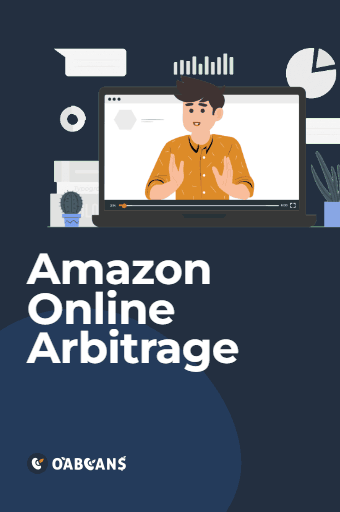
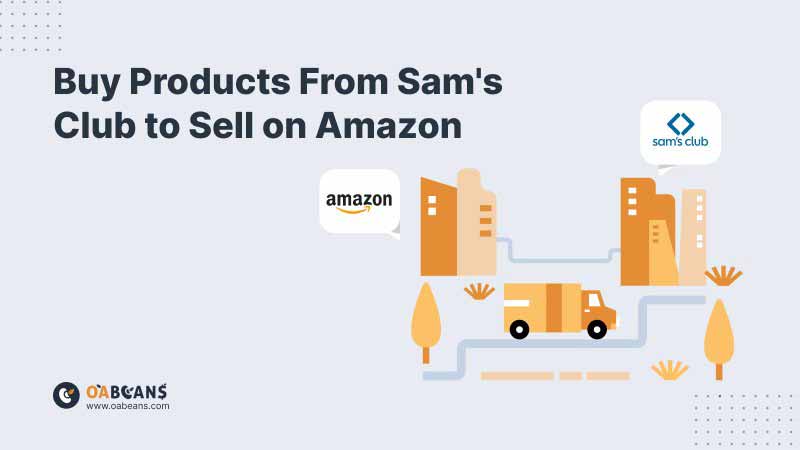
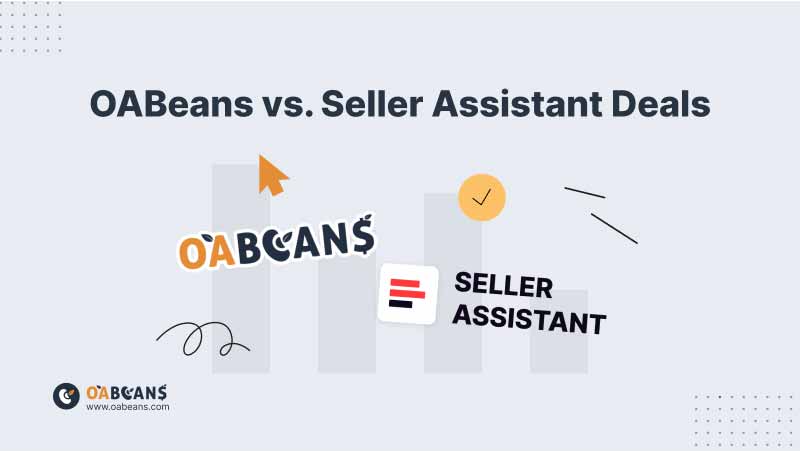
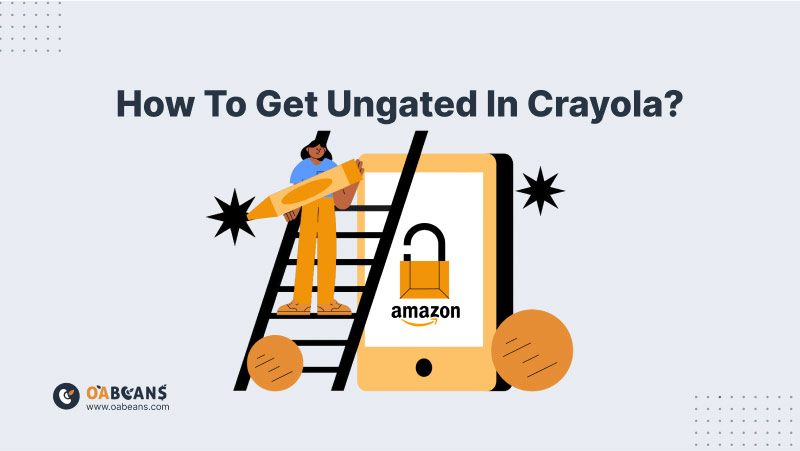
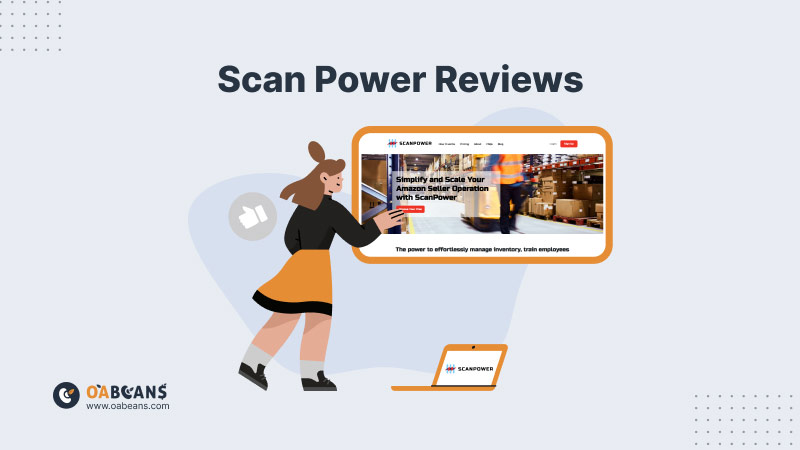
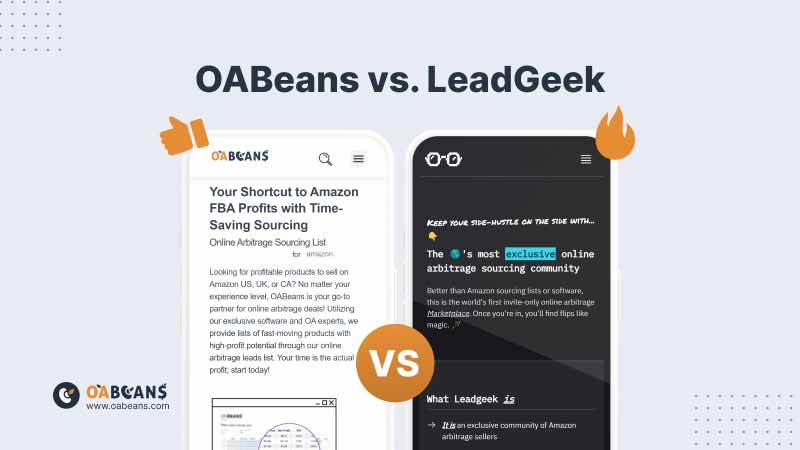



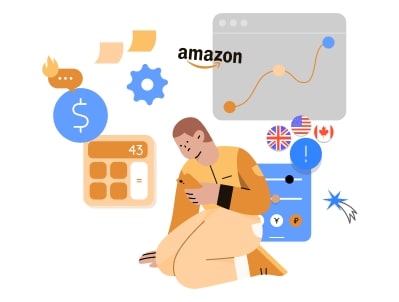

11 replies on “Amazon Seller Central vs. Vendor Central”
Your website is comprehensive and covers all aspects of Amazon reselling business, from product research and sourcing to selling and customer service. I appreciate the attention to detail and thoroughness of your content.
I’ve been following your site for a while now and it’s helped me tremendously in growing my Amazon online arbitrage business. Keep up the great work!
Amazon FBA can help you improve your seller metrics by providing fast and reliable order fulfillment, leading to more sales and positive reviews.
I appreciate the various templates and tools provided by your website for Amazon sellers, which can help them to plan, execute and measure their selling efforts more effectively.
This site is the most comprehensive resource available for Amazon online arbitrage.
To be successful in Amazon online arbitrage, it is important to keep up with industry trends and be able to adapt to changes in the marketplace.
With Amazon’s vast customer base and global reach, retail arbitrage provides a wide market to sell your sourced products and reach customers worldwide.
The FBA program offers sellers the opportunity to participate in Amazon’s marketing initiatives, such as Lightning Deals and Prime Day promotions.
With retail arbitrage, you have the flexibility to explore various retail stores and product categories, allowing you to find untapped opportunities and diversify your sourcing.
With Amazon’s inventory management tools, you can efficiently track your reselling inventory, avoid stockouts, and optimize your product assortment.
The thrill of discovering profitable products during retail arbitrage keeps the business exciting, as you constantly search for new deals and uncover hidden profit potential.